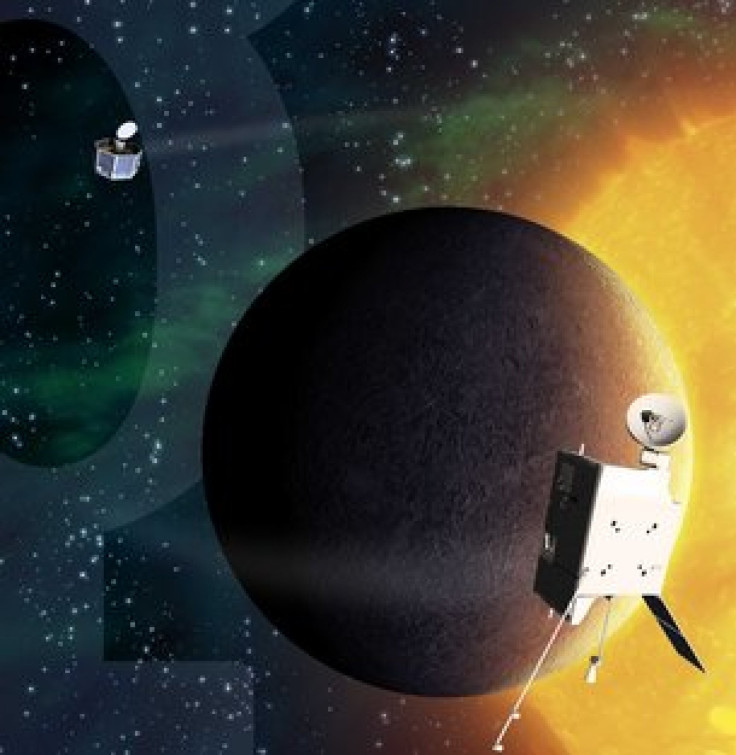NASA And Italian Space Agency Join Hands To Ready BepiColombo For A Mission To Planet Mercury In 2022

NASA has joined hands with the Italian Space Agency, or ASI, for a mission to explore Mercury, which lies closest to the sun and is also the smallest planet in our solar system.
NASA’s administrator Charles Bolden and ASI president Enrico Saggese signed an agreement at a meeting in Rome on Thursday for cooperation on the European Space Agency-led BepiColombo mission to Mercury. The partnership is also expected to strengthen cooperation between NASA and ASI in planetary exploration.
The BepiColombo mission, which is expected to be launched in August 2015, will be based on two spacecrafts including a Mercury Planetary Orbiter, or MPO, and a Mercury Magnetospheric Orbiter, or MMO, which will chart a complete map of Mercury at different wavelengths.
The mission “will chart the planet's mineralogy and elemental composition, determine whether the interior of the planet is molten or not, and investigate the extent and origin of Mercury’s magnetic field,” according to the BepiColombo website.
Scientists expect that the new mission will help understand the composition, geophysics, atmosphere, magnetosphere and history of Mercury, which is said to be the least explored planet in the solar system.
The two crafts -- MPO and MMO -- and a transfer module will be launched as one single composite spacecraft. They will make their way toward the center of the solar system, using the gravity of Earth, Venus and Mercury, in addition to the thrust provided by solar-electric propulsion.
When the spacecraft approaches Mercury in 2022, the transfer module will be separated and the composite spacecraft will use rocket engines and a technique called “weak stability boundary capture” to bring it into polar orbit around the planet.
After MMO reaches its orbit, the MPO will also separate and lower its altitude to its own operational orbit. Observations from orbit will be taken for at least one Earth year with the possibility of an extension.
According to scientists, the BepiColombo mission to Mercury is challenging as the planet’s orbit is very close to the sun. Because of the sun’s extreme brightness, it is hard to observe Mercury from a distance. Mercury lies 57 million miles away from the Earth and 36 million miles away from the sun.
Reaching Mercury is also difficult as spacecrafts tend to lose a lot of energy while approaching it and the sun’s enormous gravitational pull presents a challenge to placing a spacecraft into a stable orbit around the planet.
Only two spacecrafts have been successfully sent to Mercury so far. The first spacecraft was NASA’s Mariner 10, which provided the first-ever close-up images of the planet when it flew three times past it in 1974 and 1975.
The second spacecraft to approach Mercury was the Messenger, which flew past the planet thrice between 2008 and 2009, and provided new data and images of the planet.
Scientists expect that once the BepiColombo spacecraft reaches Mercury in 2022, it will help uncover the planet's history and its composition, as well as new information about other planets in general, including Earth.
© Copyright IBTimes 2024. All rights reserved.












